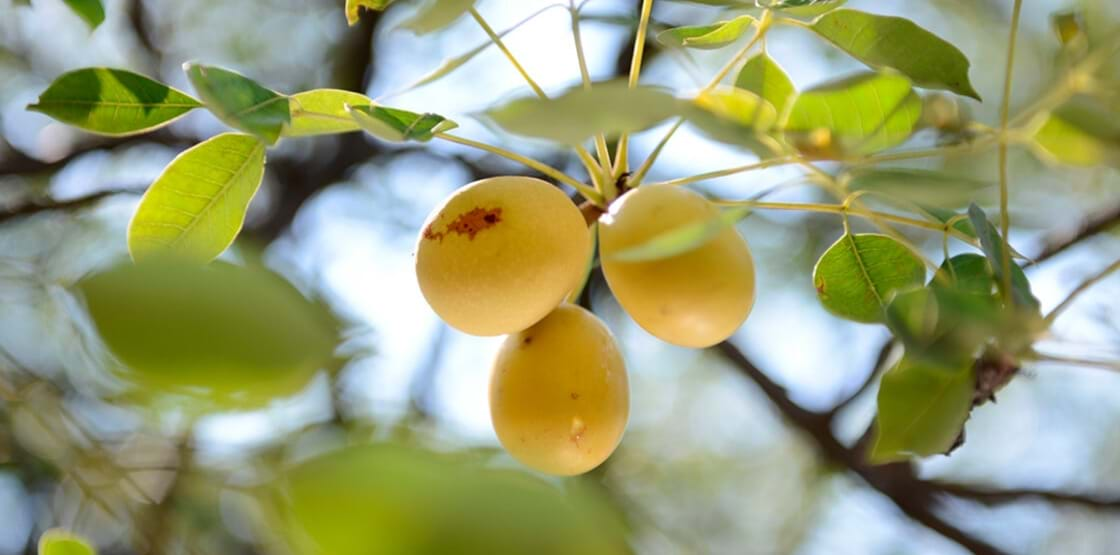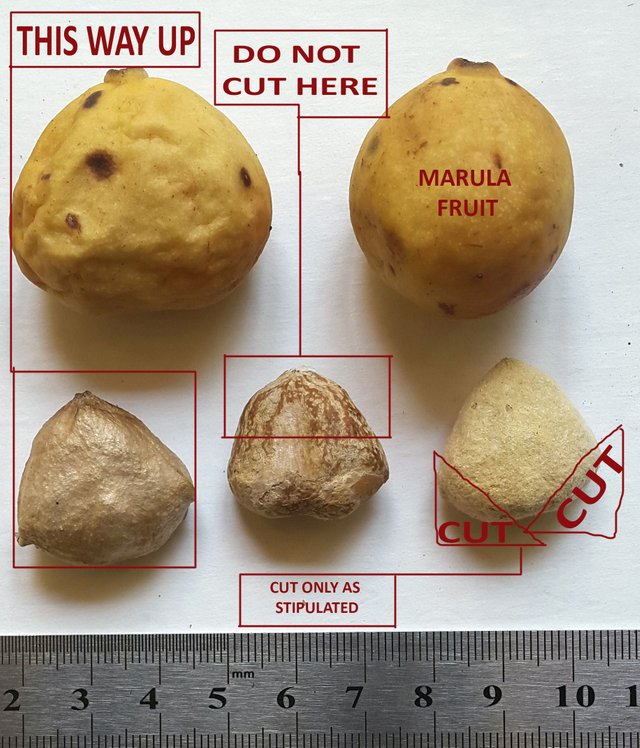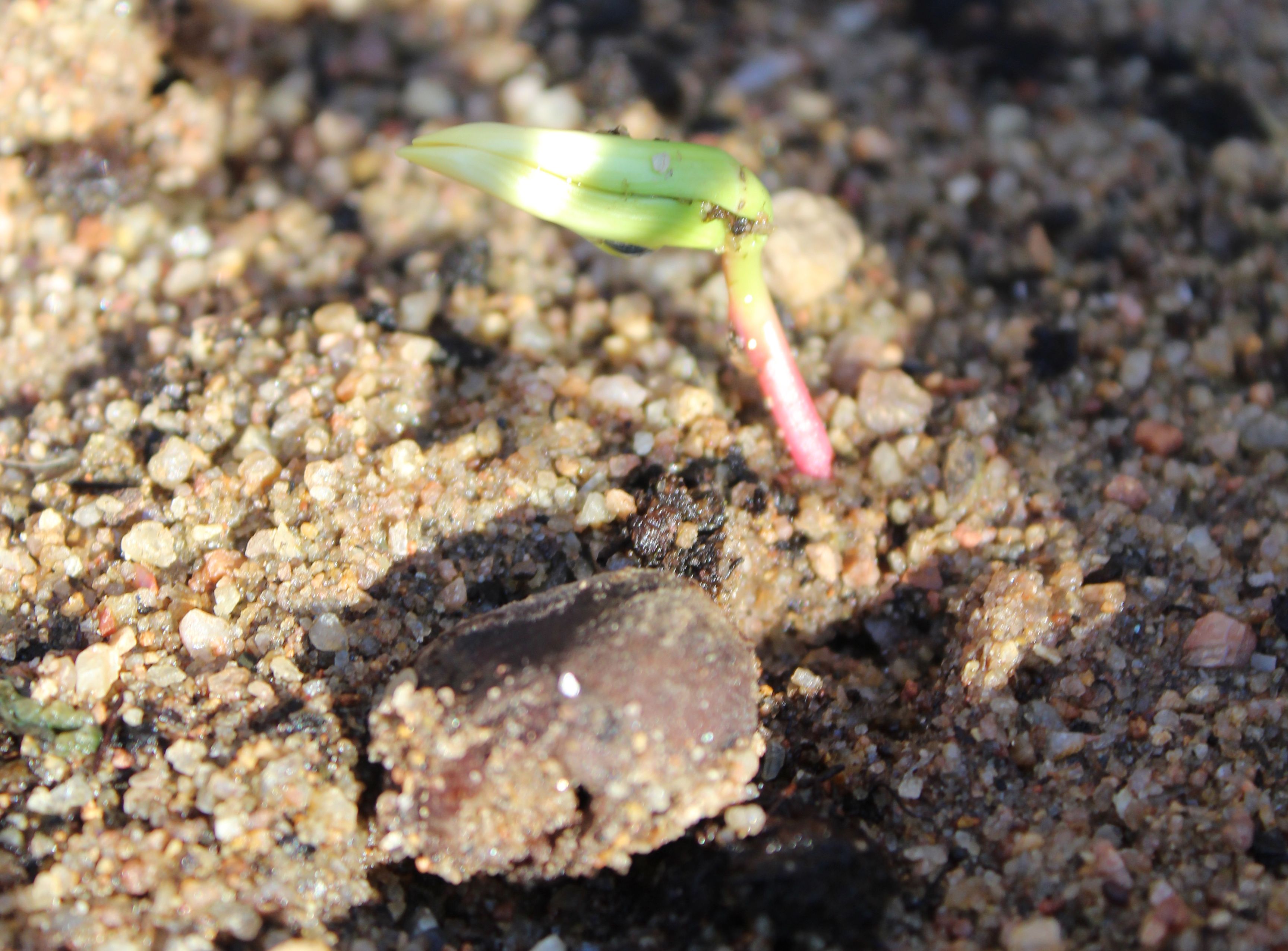#BonsaiNews: Grow your own Marula tree (Complete Guide)
The story that Marula trees, scientifically referred to as Sclerocarya birrea, can get elephants drunker than skunks may sadly be an age-old superstition but that does not take away from the tree and it's beauty.

(IMAGE SOURCE: www.southafrica.net)
The story of elephants eating marula fruit, and getting absolutely hammered, was first heard in the early 1800s however, this theory has sadly since been put to rest - sorry if you were hoping to catch an elephant in a drunken daze.
For years the tree's fruit has been used to produce a creamy, delicious liqueur, with the most famous brand being Amarula in South Africa.
The fruit produced by this tree has a distinct sweet and sour taste when ripe and when turned into juice, even contains four times as much vitamin c as compared to orange juice.
The oil produced by the fruit has also been found to have multiple benefits for skin use.
So, then why would you not want to grow your own marula tree? But before you get started, you'll either need to get your hands on some actual marula fruit or order/buy some seed.
Here are some of the things you'll need:
- Marula tree seed. (Both male and female if you would want a fruit bearing tree)
- A hardy pair of cutters/scissors - they need to have strong blades which will not break!
- Oblong containers.
- River sand and Canadian peat moss.
- Water.
- Steady hands!!!
Now, first of all, take a look at the below image of what the seed looks like when removed from the fruit and dried.

(IMAGE SOURCE: www.aurumafrica.eu)
And now, this is what they look like when they have been opened.

(IMAGE SOURCE: American Botanical Council)
If you can safely cut them open without damaging the part that grows, cut them as above, if not, do as shown below:

Once the inner 'seed' has been exposed, ensure that your planting mix has been prepared as follows:
In an oblong container, with decent drainage, layer first with Canadian peat moss, about 1cm in depth an then the rest of the space may be filled with river sand.
Soak the mixture thoroughly so that it is heavily wet and using your thumb, push holes into the mixture and place your seed with the holes facing downward into the ground and the top half of the seed sticking out of the ground.
Once all of this has been done, move the container to a very sunny and warm area where the seeds will show signs of growing within two weeks.
Ensure that the mixture of Canadian peat moss and river sand remains wet throughout by watering daily.
Within two to three weeks, your seed will have shown similar results as mine currently does below.

Important advice: Do not attempt to remove the casing around the seedling while it grows - it will do this on it's own.
Once it has attained the correct size and height, replant the seedling into the same mixture if you like, or into a mixture of regular soil and compost - about 50/50 should do just fine.
Ensure that the tree is placed in an area where it gets full sun - the tree does not do well in cold temperatures.
VITAL TIPS:
- Water carefully as the seed may be dislodged from the river sand if watered recklessly.
- Attempt to keep the seed (while growing) away from animals such as monkeys and some large bird species, as they may attempt to eat them - I lost five seedlings like this.
- Replant the seedling once it has reached a height of 10cm - 15cm.
- Only female Marula trees bear fruit, so if you want them to produce fruit, get a male tree as well. (NOT KIDDING)
END OF ARTICLE:
Read some of my other articles:
#BonsaiNews: (Complete Guide) Do you want to grow your own avocado tree?
#BonsaiNews: Japanese Maple makes for an excellent bonsai!
#AnimalPhotography: Sssssnake of the day #NightAdder
#Contest: Week 7 - Pay It Forward Curation contest by @thedarkhorse
#SteemitUpdates: Three crucial features which could greatly improve Steemit
#SouthAfrica: Travel tips and things you can do in #CapeTown, #Durban and #Johannesburg
#BonsaiNews: Searching for an illusive ancient temple bonsai
JOIN OUR #TeamBonsai:
Do you want to share your bonsai related content?
The known #BonsaiCommunity members include (and you should follow them for cool content):
@creativetruth | @daniellozada | @romanolsamuels | @bonsaiaustin | @imagendevoz | @synekto
Comment below with your handle and, if you post bonsai related content your handle could appear above.
I would also like to include horticulturists in future posts - so feel free to comment with your handle and it could also be added.
#TeamBonsai #BonsaiCommunity

COMING SOON!

Resteemed by @resteembot! Good Luck!
Check @resteembot's introduction post or the other great posts I already resteemed.
Your Post Has Been Featured on @Resteemable!
Feature any Steemit post using resteemit.com!
How It Works:
1. Take Any Steemit URL
2. Erase
https://3. Type
reGet Featured Instantly & Featured Posts are voted every 2.4hrs
Join the Curation Team Here | Vote Resteemable for Witness
Your post was resteemed by @resteemza
Please upvote this reply to help us grow
Join us on discord:
discord invite
This post was upvoted and resteemed by @resteemr!
Thank you for using @resteemr.
@resteemr is a low price resteem service.
Check what @resteemr can do for you. Introduction of resteemr.
How does the temperature effect the small trees. Seems like they are trees so indoors should be cool? Great job on info and pics. Proud of you!
Joy
It's more on how the tree will benefit from it's immediate climate. Too cold and it won't survive. As from as low as 20°F, the tree will start experiencing minor leaf damage however, it will still survive - lower than that, it would become hazardous to the tree's survival. Keeping in mind that this is for decent sized trees - younger ones, I would say, should be kept in either a green/hot house or indoors.
Thank you.